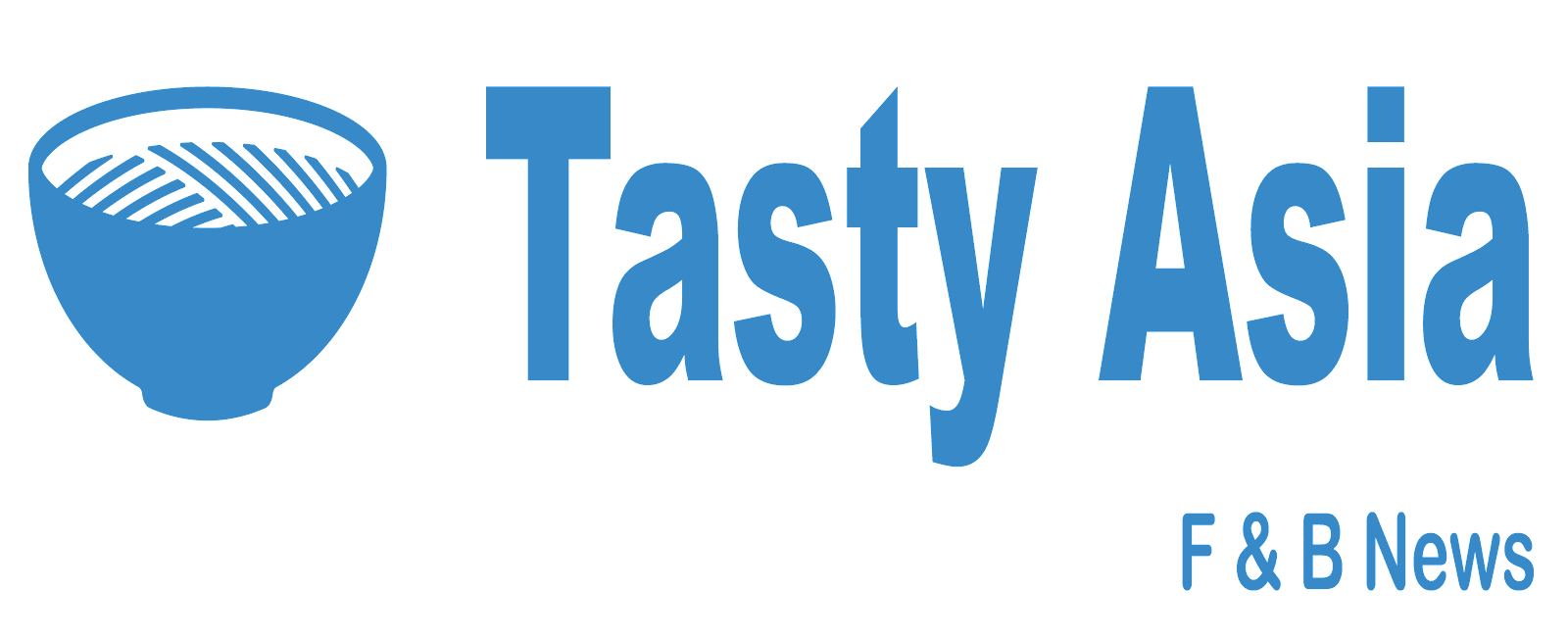Global supply chain leaders see increased operating costs as the main current challenge within food and consumer goods, according to new research carried out by IGD.
“Recent years have seen rising costs in supply chains, partly through investment in meeting evolving shopper demands, and this naturally puts pressure on leaders as they seek to innovate while remaining profitable,” said Stewart Samuel, programme director of IGD.
 |
| Image from Pixabay |
“However, we are also seeing these leaders reach out across their organisation to find new ways of operating: whether that is with data, technology or adaptation to a different business model. This is helping to build resourcefulness but also encouraging investment in staff, as roles become more collaborative and future focused.”
Among the international supply chain leaders surveyed, the following insights were also uncovered:
· 86% believe complexity has increased over the last five years, particularly in terms of range and routes to market.
· 71% say that their responsibilities are broader than they were five years ago – and one third of respondents had seen their people resource decrease.
· 62% claim the role of a supply chain leader is now more commercial, with more links to the overall business growth strategy.
But despite the challenges, the same respondents were also enthusiastic about increasing levels of partnership working, with 83% seeing more emphasis on collaborative and cross-functional leadership within their organisations, IGD discovered.
“Ambitious leaders should continue developing in this direction if they want to keep growing in the marketplace,” Samuel said.
IGD has used the findings of the new research to identify five attributes that supply chain leaders – and supply chains themselves - should take on, in order to achieve future success. These include being Empirical, Entrepreneurial, End-to-End, Evolving and Enterprising. These have been designed to help companies adapt and build the capabilities needed to meet the changing expectations of retail customers worldwide.
As consumers, competition and complexity evolve, the requirements for an agile and innovative supply chain that supports and stimulates dynamic growth becomes increasingly important to long-term success, said IGD. Following a structured approach, such as the Five E’s, can help leaders to navigate what can otherwise be a very challenging economic environment.

Post a Comment